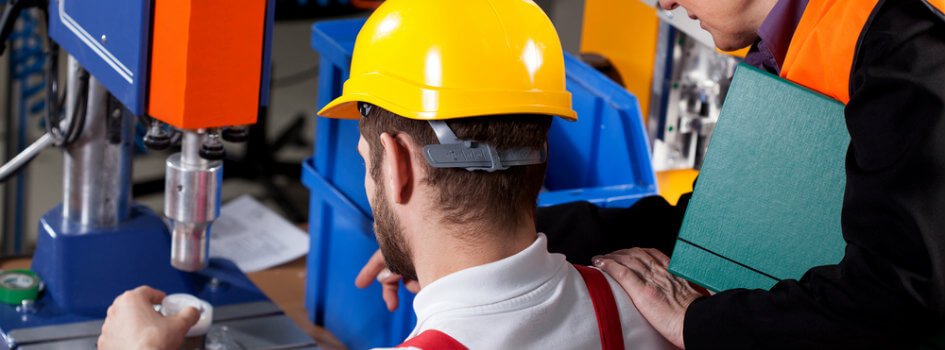
3 Tips for Upgrading an Operation’s Safety Culture
Workplace safety has many components. Employees need the right equipment, machinery needs regular maintenance, and practices need occasional reviews to ensure that latent risks are not left unaddressed.
Safety is not just a question of physical hazards. It also is driven by the attitudes of managers and employees as they go about their work. Developing a safety culture can be the most important part of a business’s safety ecosystem.
What Is Safety Culture in Industry?
A business’s safety culture captures the way everyone, from the CEO to the entry-level employee, approaches and thinks about safety. In a strong safety culture, matters of safety are put before other priorities, like finishing a job quickly or saving money or a process.
When a safe work culture is at the core of every decision, employees face lower overall risk and your business benefits from lower costs and less operational downtime.
Ways to Improve Safety Culture in the Workplace
These three ideas are a starting point for building a strong safety culture at your business:
1. Get Everyone Involved
Good safety practices involve a mixture of concrete actions and abstract thinking. A mission statement adopted by the board of directors risks becoming an empty gesture without the involvement of rank-and-file employees who understand the sort of hazards they encounter on the shop floor or at the worksite.
Bring employees into the discussion about safety so they develop a sense of ownership over the process. Encourage managers to put safety at the forefront of their work as team leaders and decisionmakers. Regularly incorporate safety into communications from executives to employees.
[SEE: Prevent Summertime Heat Injuries with Proper Safety Training]2. Adopt Measurable Performance Goals
Short of measuring actual injuries or lost workdays, measuring the effectiveness of a safety culture can be difficult without clear metrics. Employees can play a role here as well, by identifying potential safety issues and participating in the tracking process.
For example, a business that regularly asks employees to lift heavy materials might track the number of lifts an employee performs each day. With sound measurements, clear goals can be set for everyone to follow.

3. Train Safety Culture
Developing a basic set of safety skills among all employees is crucial to empowering the workforce to be a partner in a business’s safety culture. But safety training needs to go further than the physical work of preventing accidents. It also needs to encourage better communication between employees. Employees should also feel empowered to raise concerns and help each other identify and resolve problems.
Trust DXP with Your Industrial Safety Needs
DXP’s team of industrial safety consultants understands that building a strong safety culture takes time and effort. We are passionate about helping our customers and clients improve their safety practices.
Contact us today to learn more about the ways we can serve you.

